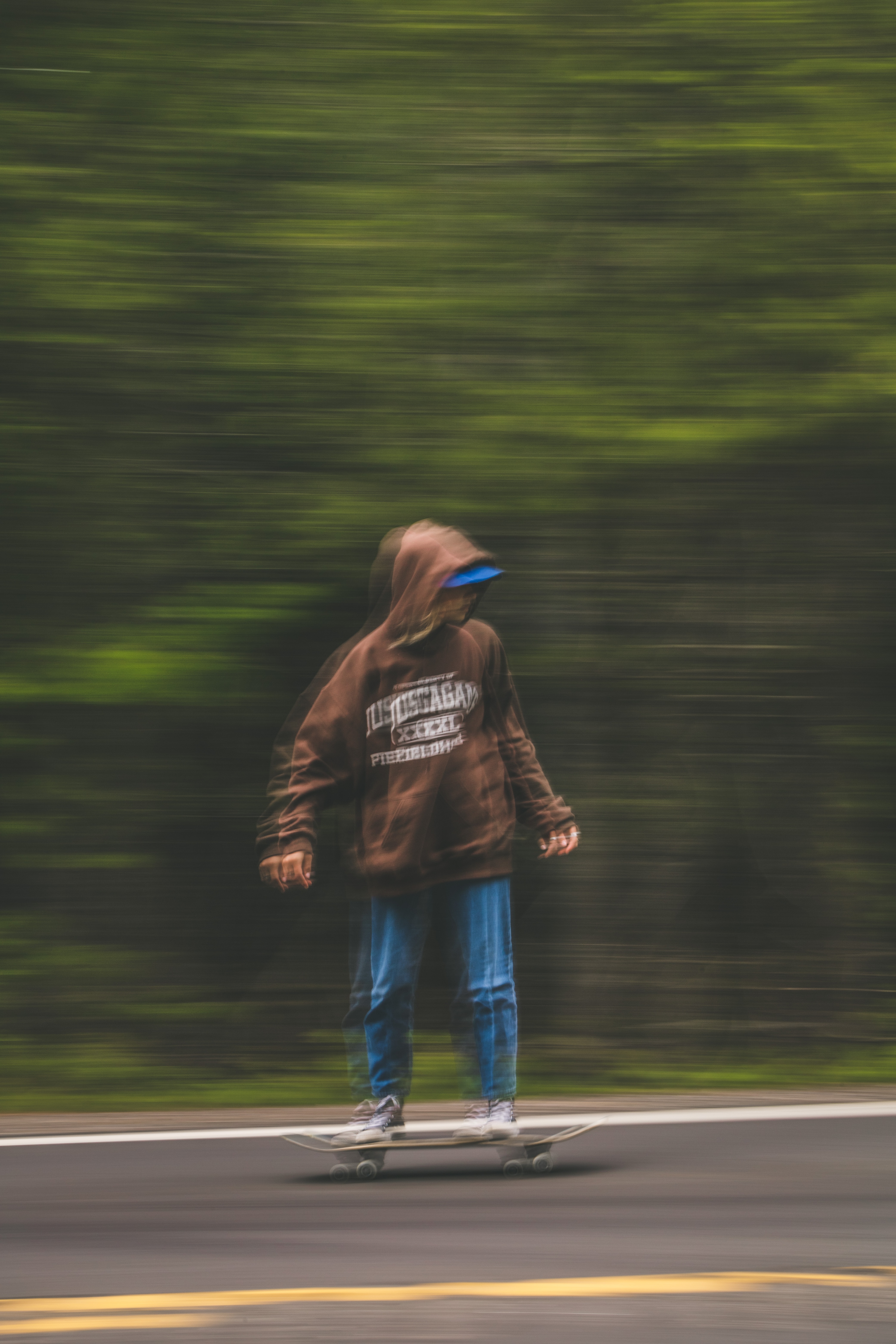Skateboarding is a thrilling and exciting sport enjoyed by many. However, as with any sport, there is always a risk of injury. Falling off a skateboard is inevitable, but it is essential to learn how to fall properly to prevent serious injuries. In this article, we will cover the proper techniques for falling while skateboarding, including the right gear to wear and how to reduce the impact of a fall.

Table of Contents
- Introduction
- Importance of Learning How to Fall Properly
- Protective Gear
- How to Fall Properly
- Rolling
- Sliding
- Cat-Like Reflexes
- Tips for Preventing Falls
- Dealing with Injuries
- Conclusion
- FAQs
Introduction
Skateboarding is a fun and exciting sport that can be enjoyed by people of all ages. However, it is essential to take safety seriously to prevent serious injuries. Falling off a skateboard is inevitable, but learning how to fall properly can reduce the risk of injuries. In this article, we will provide a guide on how to fall properly while skateboarding, including the right gear to wear and techniques to reduce the impact of a fall.
Importance of Learning How to Fall Properly
Falling is an inevitable part of skateboarding, and knowing how to fall properly can make a significant difference in preventing injuries. Proper falling techniques can help reduce the impact of the fall and prevent broken bones, sprains, and other injuries. Learning how to fall properly can also increase confidence while skateboarding and make it easier to get back up and try again.
Protective Gear
Wearing the right protective gear can help prevent serious injuries while skateboarding. The following are some of the essential protective gear every skateboarder should wear:
- Helmet: A helmet is a must-have safety gear for skateboarders. It can protect the head and brain in case of a fall and reduce the risk of severe injuries.
- Knee and elbow pads: Knee and elbow pads can protect the joints and bones from injuries in case of a fall.
- Wrist guards: Wrist guards can protect the wrists from sprains and fractures in case of a fall.
- Proper footwear: Skateboarding requires shoes with flat soles and good grip to prevent slipping and increase control.
How to Fall Properly
Learning how to fall properly can make a significant difference in preventing injuries. Here are some techniques to fall properly while skateboarding:
Rolling
Rolling is an essential technique to reduce the impact of a fall. Tucking the chin to the chest, turning the head to one side, and rolling on the shoulder and back can help distribute the impact of the fall and prevent injuries.
Sliding
Sliding is another technique to reduce the impact of a fall. Sliding can help reduce friction and prevent scrapes and cuts. The best way to slide is to land on the fleshy parts of the body, such as the buttocks or thighs.
Cat-Like Reflexes
Cat-like reflexes involve landing on the feet and hands and absorbing the impact of the fall by bending the knees and elbows. This technique requires practice, but it can help prevent injuries and make it easier to get back up and try again.
Tips for Preventing Falls
Preventing falls is the best way to avoid injuries while skateboarding. Here are some tips to prevent falls:
- Start slow: Beginners should start slow and gradually increase speed and difficulty.
- Avoid obstacles: Avoid skateboarding in areas with obstacles, such as rocks or uneven pavement.
- Practice balance: Practice balancing on the board before attempting tricks or stunts.
- Be aware of surroundings: Be aware of the surroundings and avoid skateboarding in crowded areas
Dealing with Injuries
Despite taking precautions and learning proper falling techniques, injuries can still occur. It is essential to know how to deal with injuries and seek medical attention if necessary. Here are some tips for dealing with injuries:
- Stop skateboarding immediately: If you feel any pain or discomfort, stop skateboarding immediately and assess the injury.
- Apply ice: Applying ice to the injured area can help reduce swelling and relieve pain.
- Seek medical attention: If the injury is severe or does not improve after a few days, seek medical attention.
Conclusion
Skateboarding is a fun and exciting sport, but safety should always come first. Learning how to fall properly and wearing the right protective gear can help prevent serious injuries while skateboarding. Remember to start slow, practice proper techniques, and be aware of your surroundings to prevent falls. And, in case of an injury, stop skateboarding immediately and seek medical attention if necessary.
FAQs
- Do I need to wear protective gear while skateboarding?
- Yes, it is essential to wear the right protective gear, including a helmet, knee and elbow pads, wrist guards, and proper footwear to prevent injuries.
- How do I know if I am ready to attempt a trick or stunt?
- Practice makes perfect. Start slow, and gradually increase speed and difficulty. Once you feel comfortable and confident, you can attempt tricks and stunts.
- What should I do if I fall and hit my head?
- If you fall and hit your head, stop skateboarding immediately and seek medical attention. Head injuries can be serious and should be treated as soon as possible.
- Can I prevent all falls while skateboarding?
- Falling is an inevitable part of skateboarding, but taking precautions and learning proper techniques can help reduce the risk of injuries.
- Is it safe to skateboard in crowded areas?
- No, it is not safe to skateboard in crowded areas. Be aware of your surroundings and avoid skateboarding in areas with obstacles or many people.
